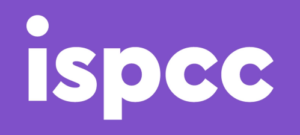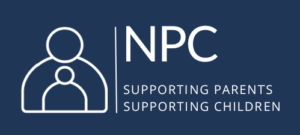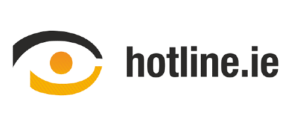1. Strike a balance
If you find that you are spending a lot of time scrolling through other people’s lives – take a break. Go out and make your own memories – doing activities that you find fun will mean you are less likely to be worried about what others are doing.
2. Think outside the crop box
Be happy for people who are sharing great things! But whether it’s someone famous or even someone you know, keep in mind that we don’t always see the full picture. While it might look like they are having a great time, nobody’s life is perfect all of the time – they are just choosing not to share those other parts! People are less likely to post a picture of themselves sitting on the couch watching tv or cleaning their bedroom – but it doesn’t mean that it didn’t happen.
picture. While it might look like they are having a great time, nobody’s life is perfect all of the time – they are just choosing not to share those other parts! People are less likely to post a picture of themselves sitting on the couch watching tv or cleaning their bedroom – but it doesn’t mean that it didn’t happen.
3. Edited reality?
It’s human nature, we all want to look our best! Fun filters are great and can be very entertaining, but keep in mind that people often use subtle filters, and editing tools to tweak their pictures. These tools are often so sophisticated that you can’t tell if something (or someone!) has been enhanced.
4. Find the positive
Like in real life, who you interact or spend time with can influence how you feel. In some ways you might aspire to be like the people you follow, but having a social media feed that is full of celebrities or friends who showcase the perfect image or lifestyle is a one dimensional reflection of life. So, it’s a good idea to balance this by following people who share your values and interests. Take the time to consider how you feel after spending time online – if something made you feel upset or uneasy, maybe it is time to hit ‘unfollow’ and find something healthier. It’s a big online world – you can make it work for you!
5. Make time for reflection
Take some time to think about the things that you are grateful for and that are important to you. This can be a good way to offset any negative feelings.
 contain images of people looking great, wearing nice clothes, and doing exciting things. Living their best lives!
contain images of people looking great, wearing nice clothes, and doing exciting things. Living their best lives! picture. While it might look like they are having a great time, nobody’s life is perfect all of the time – they are just choosing not to share those other parts! People are less likely to post a picture of themselves sitting on the couch watching tv or cleaning their bedroom – but it doesn’t mean that it didn’t happen.
picture. While it might look like they are having a great time, nobody’s life is perfect all of the time – they are just choosing not to share those other parts! People are less likely to post a picture of themselves sitting on the couch watching tv or cleaning their bedroom – but it doesn’t mean that it didn’t happen.

